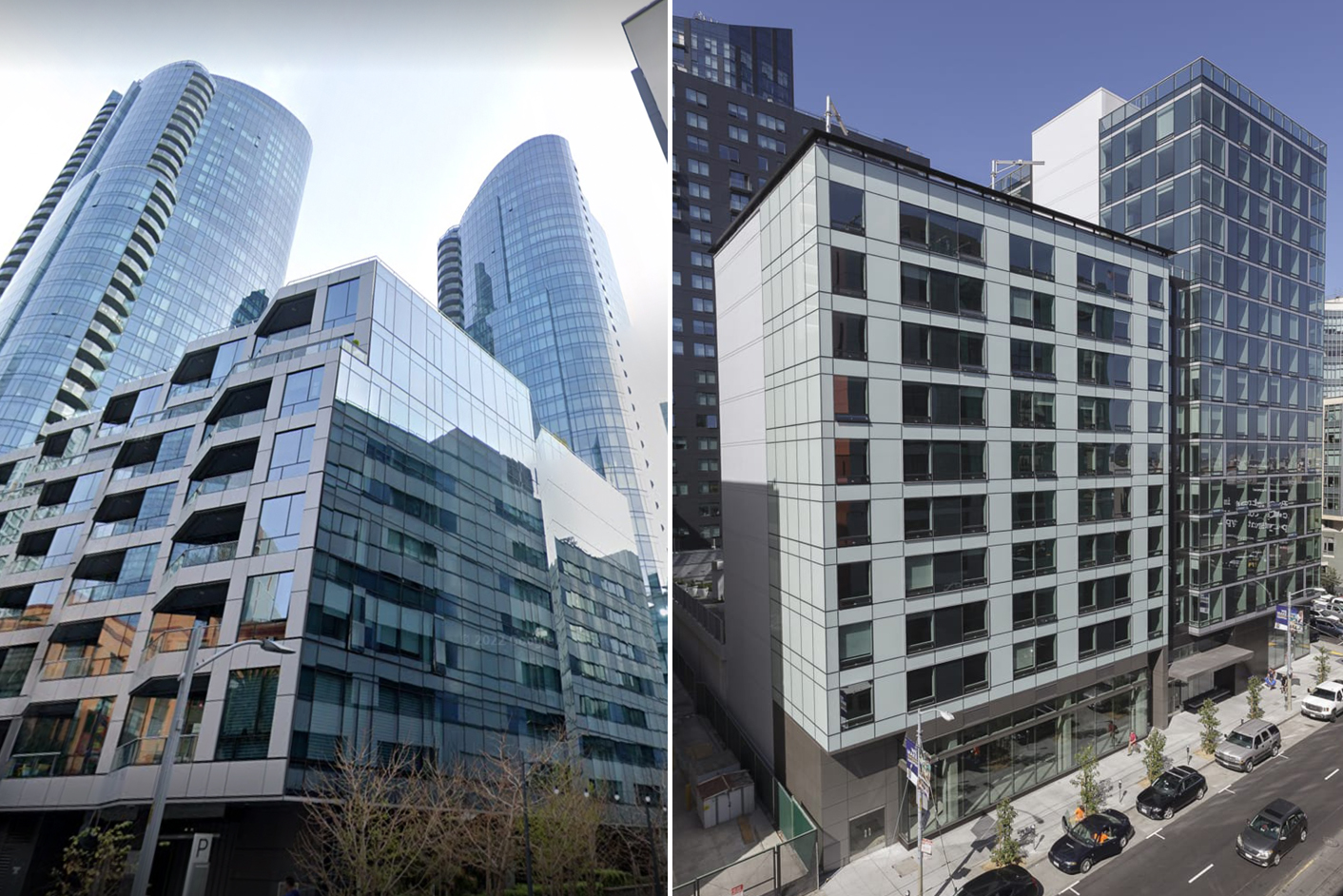A little-known committee tasked with setting San Francisco’s inclusionary housing rate—an affordability minimum often criticized by developers—is reassembling this year, with potentially big implications.
Now, two newly appointed members to the board are raising eyebrows for their previous stances on housing development.
Fernando Martí and Peter Cohen, former leaders at the progressive Council of Community Housing Organizations, were appointed to the board. But it was not without opposition from some members.
Supervisors Myrna Melgar, Matt Dorsey, Catherine Stefani and Ahsha Safaí voted against Cohen. That was after Melgar tried to send Cohen’s nomination back to committee, saying she wants a more qualified local candidate with a collaborative spirit.
But she was overruled by her colleagues in a 7-4 vote.
“I don't want to give a leadership position to someone who won't be welcoming to the voices of others,” Melgar said
Dorsey, who voted against Cohen but in favor of Martí, cited the pair’s opposition to legislation like SB 35—a state law that fast-tracked certain housing developments—as damning.
“Right now, the stakes of failure on housing production are too high to risk returning to the kind of advocacy that has too often stymied housing production in San Francisco,” Dorsey said.
Whitney Jones and Shannon Way were unanimously appointed to the eight-member committee on Tuesday. Mayor London Breed made four additional appointments this week, naming Sarah Dennis-Phillips, Rebecca Foster, Eric Tao and Jesse Blout.
The city’s “inclusionary housing” rate determines the portion of units a developer must set aside for below-market-rate housing in any project larger than 10 units. A committee revisits that rate every three years, though it hasn’t convened since 2018 due to the pandemic.
The city’s rising inclusionary housing rate has been a major pain point for developers trying to make new housing projects worth their while in the city.
When piled on top of rising labor and materials costs, the city’s numerous and growing fees are an oft-cited factor driving developers out to other Bay Area cities and slowing San Francisco’s housing pipeline, which is projected to produce under 3,000 new units this year as new permits reach just half the 10-year average all while the city faces a mandate to make room for 82,000 new homes by 2031.
In late 2017, the committee tweaked the rate to its current level—which ranges from 14.5% to 27% based on the size of the project, where it is located and whether the units are rented or sold. Developers also have an option to pay an “in lieu” fee at about $230 per square foot of the building’s residential area, also set by the committee, intended to help build affordable homes at a different location.
The work feels especially urgent this time, Way said.
“To some degree, I wish we had started the conversation a bit earlier,” she said. “I think we are already falling a little bit behind the mark.”
In 2018, the Controller’s Office tapped economic consultants for guidance in setting the new rate. But the process will undoubtedly be political, especially once it reaches discussion at the Board of Supervisors.
“It is not a purely technical question,” Supervisor Rafael Mandelman said. “There are values embedded into it.”
The city’s housing debate is dominated by competing factions that believe in bolstering affordable housing requirements versus those who argue that strict mandates kill projects, worsening the housing shortage. They also differ on how flexible the rate should be and whether it should be linked to an economic indicator like interest rates.
“If it can be driven by math and data instead of politics,” Housing Action Coalition Executive Director Corey Smith said, “that would be the best outcome.”
Correction: A previous version of this article misstated the current inclusionary rate for onsite affordable housing development and the date when it was last changed.
